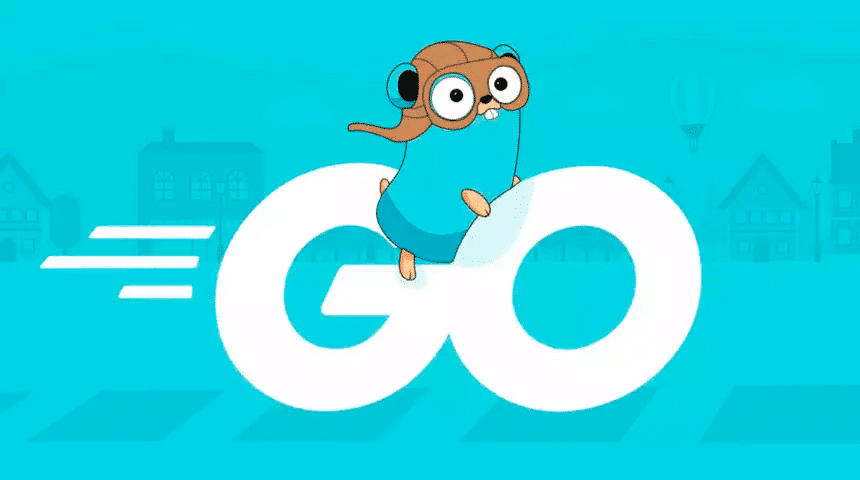This post show how to achieve Golang ternary operator. The ternary operator is a concise way to represent an if-else statement. In Go, there is no built-in ternary operator, but there are third-party packages available that implement this functionality. In this article, we will discuss the ternary operator in Go, its benefits, and its drawbacks.
Why Golang Ternary Operator?
Ternary operators can make code more concise and easier to read in certain situations. They can be especially useful when dealing with simple conditions and assignments. However, it’s important to note that the Go community is generally cautious about introducing new language features, as they can increase complexity and potentially impact the simplicity of the language Source.
Ternary Operator in Go
Although Go does not have a built-in ternary operator, you can find third-party packages that provide this functionality. One such package is the godock/ternary package. This package allows you to use the ternary operator in your Go code.
Here’s an example of how to use the ternary operator in Go with the godock/ternary package:
package main
import (
"fmt"
"github.com/sqp/godock/libs/ternary"
)
func main() {
condition := true
result := ternary.If(condition, "Hello, World!", "Goodbye, World!")
fmt.Println(result)
}
In this example, we import the ternary package and use the ternary.If function to assign a value to the result variable based on the condition variable.
Pros and Cons of Using Ternary Operator
There are pros and cons to using a ternary operator in Go.
Pros
- Concise code: Ternary operators can make code more concise and easier to read, especially for simple conditions and assignments.
- Improved readability: In some cases, ternary operators can make the code more readable by removing the need for an
if-elsestatement.
Cons
- Increased complexity: Introducing a ternary operator can increase the complexity of the code, as it may not be as familiar to Go developers as the standard
if-elsestatement. - Potential for overuse: Ternary operators can be overused, leading to less readable code. It’s essential to use them judiciously and only when they provide a clear benefit in terms of readability and conciseness.
Conclusion on golang ternary operator
In summary, the ternary operator can be a useful tool for making code more concise and easier to read in certain situations. However, it’s important to use them judiciously and consider the trade-offs involved. Go developers should be cautious about introducing new language features, as they can increase complexity and potentially impact the simplicity of the language Source .

